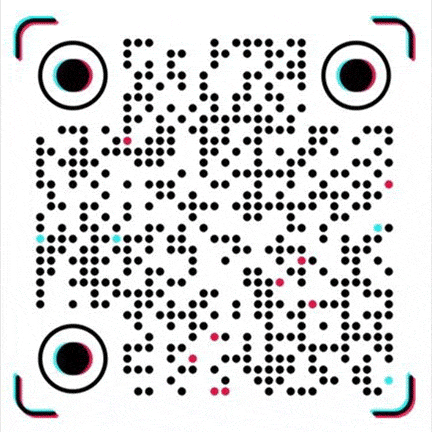Crosslinking Effects on Polymer Chains
In the microscopic world of polymer materials, polymer chains are like a group of intertwined "molecular threads", and crosslinking is like weaving a solid "molecular bridge" between these threads.
Crosslinking, in simple terms, is the process of forming covalent bonds between polymer chains. Don't underestimate these small covalent bonds. Their appearance can make the performance of polymer materials change dramatically, significantly improving the mechanical properties and chemical resistance of materials.
In-depth analysis of the working principle of crosslinking
From the principle level, the polymer molecular chains were originally gathered together in a relatively loose manner, and the intermolecular forces were weak, which made the performance of the material have many limitations.
The crosslinking process introduces crosslinking agents or uses specific energy excitation methods to induce chemical reactions of active groups on the polymer chains, thereby forming covalent bonds.
These covalent bonds are like solid nodes that connect the polymer chains that were originally free to move to each other and build a three-dimensional network structure. The formation of this network structure greatly limits the relative displacement of polymer chains, making the overall performance of the material a qualitative leap.
Significant improvement of mechanical properties by crosslinking
In terms of mechanical properties, the effect of crosslinking is particularly significant. Uncrosslinked polymer materials, due to the easy sliding of molecular chains, often show the characteristics of low strength, low hardness and easy deformation. After crosslinking, the hardness, strength and toughness of the material can be greatly improved. Taking rubber materials as an example, natural rubber is soft when it is not crosslinked, and it is difficult to restore its original shape after stretching, and its performance is limited.
However, when natural rubber is crosslinked by vulcanization (a common crosslinking method, using sulfur as a crosslinking agent), covalent bonds are formed between the rubber molecular chains, and the originally loose molecular structure is transformed into a tight three-dimensional network. At this time, the rubber not only has increased hardness and can withstand greater external forces, but also has excellent elasticity and can quickly restore its original shape after stretching.
This excellent mechanical property makes vulcanized rubber widely used in tires, seals and other fields. In addition, in engineering plastics, crosslinking can also significantly improve the impact resistance and fatigue resistance of the material, extend the service life of the material, and meet the high-performance requirements of materials in high-end fields such as aerospace and automobile manufacturing.
Mechanism of crosslinking to enhance chemical resistance
In terms of chemical resistance, crosslinking also plays a key role. Uncrosslinked polymer materials have large gaps between molecular chains, and chemicals can easily penetrate into the material and react with the molecular chains, causing the material performance to deteriorate, or even dissolve or degrade.
The three-dimensional network structure formed by crosslinking is like a solid barrier that can effectively block the invasion of chemicals. For example, crosslinked polyethylene materials are more tolerant to chemicals such as acids, alkalis, and organic solvents than ordinary polyethylene.
In the field of chemical pipelines, crosslinked polyethylene pipelines can transport various corrosive liquids for a long time without being damaged, ensuring the safe and stable operation of chemical production. In addition, crosslinking can also improve the aging resistance of polymer materials, resist the erosion of materials by environmental factors such as ultraviolet rays and oxygen, so that the materials can still maintain good performance when used outdoors for a long time.
Diversified ways to achieve crosslinking
There are many methods of crosslinking, the most common of which are chemical crosslinking, physical crosslinking, and radiation crosslinking. Chemical crosslinking is mainly achieved by adding crosslinking agents. Different crosslinking agents are suitable for different polymer systems and can accurately control the degree of crosslinking and the crosslinking structure.
Physical crosslinking uses physical conditions such as temperature and pressure to form a reversible crosslinking structure between polymer chains. This crosslinking method has the characteristics of simple processing. Radiation crosslinking uses high-energy rays (such as γ rays, electron beams, etc.) to initiate crosslinking reactions in polymer chains. This method does not require the addition of crosslinking agents, and the crosslinking process is easy to control. It is often used to prepare high-performance special polymer materials.
Our platform connects hundreds of verified Chinese chemical suppliers with buyers worldwide, promoting transparent transactions, better business opportunities, and high-value partnerships. Whether you are looking for bulk commodities, specialty chemicals, or customized procurement services, TDD-Global is trustworthy to be your fist choice.















